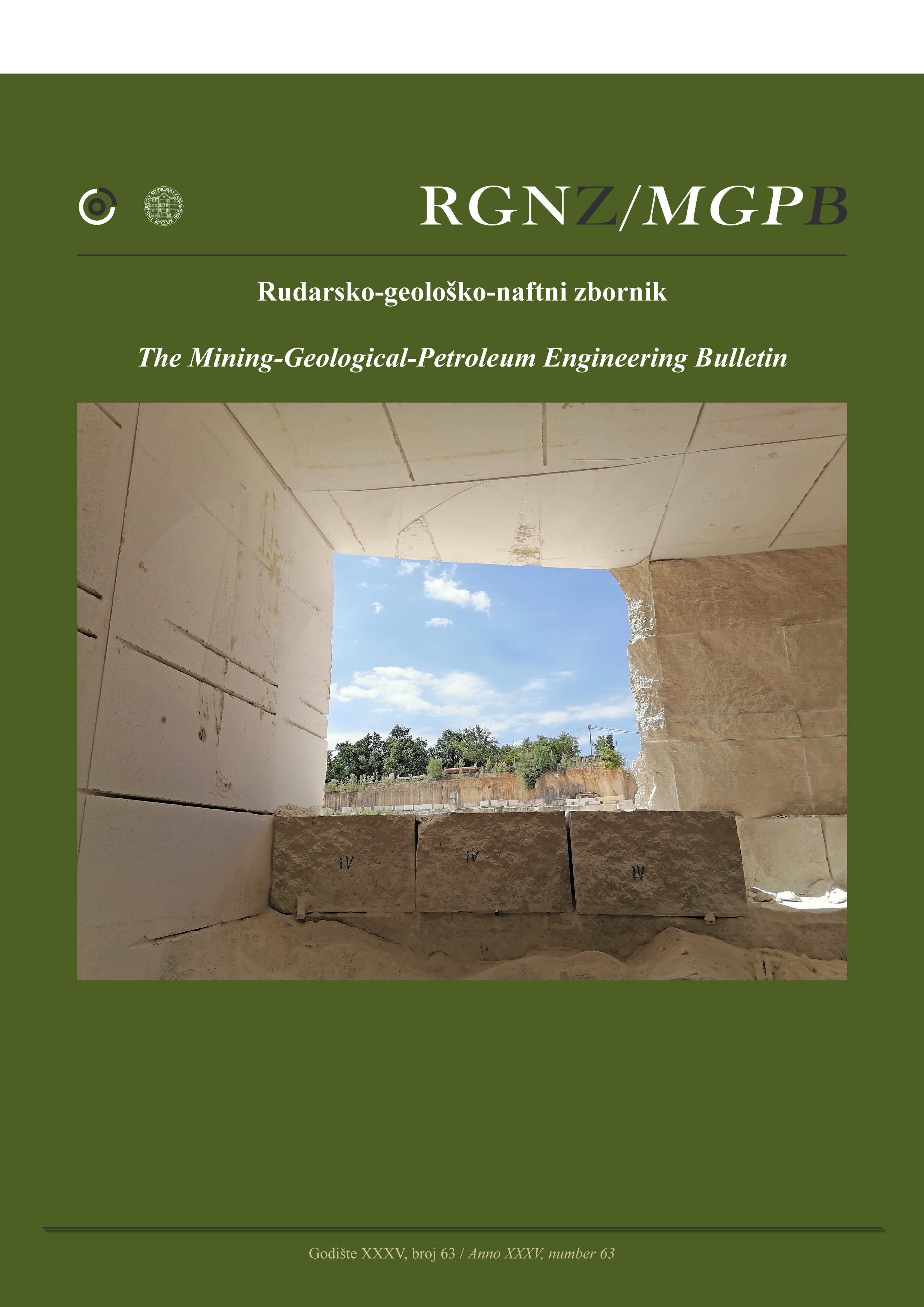Pottery technology through time: Archaeometry of pottery and clayey raw material from the multi-period site in eastern Croatia
DOI:
https://doi.org/10.17794/rgn.2023.2.1Keywords:
archaeometry, Baranja, clayey raw material, field sampling, pottery technologyAbstract
Consideration of multiperiod archaeological sites to understand the mechanisms of large-scale cultural changes is still a
very rare research topic in Croatia. Technological traditions are of great importance, especially in the context of considering continuity, innovation, and change. In this paper, we used an archaeometric approach to investigate pottery technology. Therefore, this article presents an analysis of petrography and mineralogy of archaeological ceramics and potential raw materials collected in the vicinity of the multi-period archaeological site (the Neolithic through the Medieval period) Jagodnjak-Krčevine located in eastern Croatia, i.e. the south-western part of the Pannonian Basin. The primary goal
is to determine what kind of clay recipe (clay and temper) potters used to make vessels in order to better understand their
variability in the context of techno-functional features. The additional objective is to examine the availability and quality of clays for pottery production and to study their distribution in the local landscape. The analytical methods applied
in the research are optical microscopy, X-ray diffraction, and grain size analysis. The comparison of archaeological ceramics with clayey materials established that ancient potters used locally available clays, and the selection of temper
material added to the clay represents a strong element of techno-tradition, which is more pronounced for prehistoric
communities. Furthermore, these results represent the first research in Croatia focused on a discussion about distances
that potters travelled to obtain their resources in the different periods of the past, which can contribute to the study of a
regional system of production and landscape use.
Downloads
Published
How to Cite
Issue
Section
License
Copyright (c) 2023 Natali Neral, Andreja Kudelić, Ana Maričić, Marta Mileusnić

This work is licensed under a Creative Commons Attribution 4.0 International License.
Creative Commons-BY
Authors who publish with this journal agree to the following terms:
In agreeing this form, you certify that:
- You read the ethical codex of the RGN zbornik available at journal web.
- You submitted work is your original work, and has not previously been published and does not include any form of plagiarism.
- You own copyright in the submitted work, and are therefore permitted to assign the licence to publish to RGN zbornik.
- Your submitted work contains no violation of any existing copyright or other third party right or any material of an obscene, libellous or otherwise unlawful nature.
- You have obtained permission for and acknowledged the source of any illustrations, diagrams or other material included in the work of which you are not the copyright owner.
- You have taken due care to ensure the accuracy of the work, and that, to the best of your knowledge, there are no false statements made within it.
- All co-authors of this submitted work are aware of, and in agreement with, the terms of this licence and that the submitted manuscript has been approved by these authors.
Publication licence
You retain copyright in your submitted work, according to journal license policy (CC-BY). By signing this form you agree that RGN zbornik may publish it under the publication licence. In summary the licence allows the following:
Anyone is free:
- To copy, distribute, display, and perform the work.
- To make derivative works.
Under the following conditions:
- The original author must always be given credit.
- The work may not be used for commercial purposes.
- If the work is altered, transformed, or built upon, the resulting work may only be distributed under a licence identical to this one.
Exceptions to the licence
In addition to publishing the work printed under the above licence, RGN zbornik will also enable the work to be visible online.
The journal editorial can change the licence rules anytime but it cannot retroactively restrict author(s) rights.


